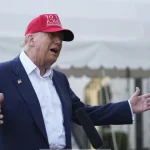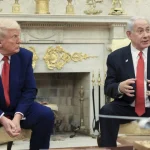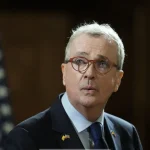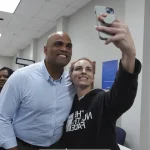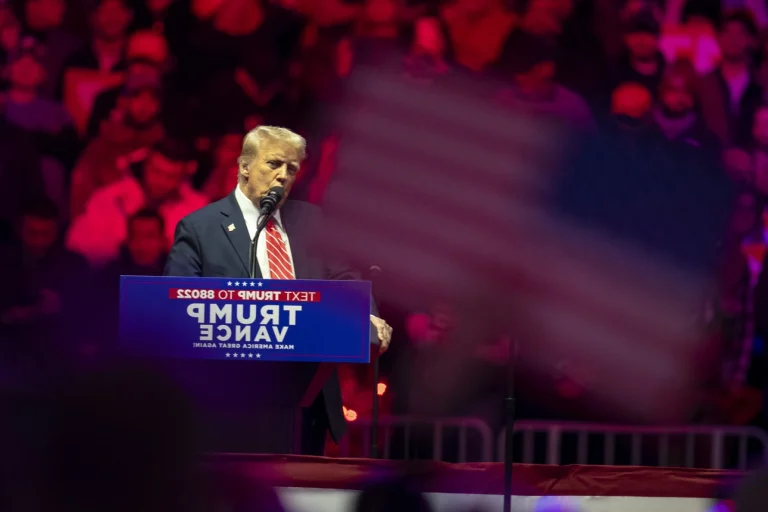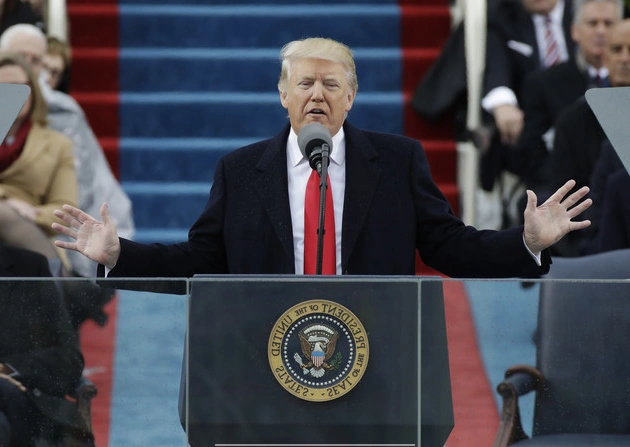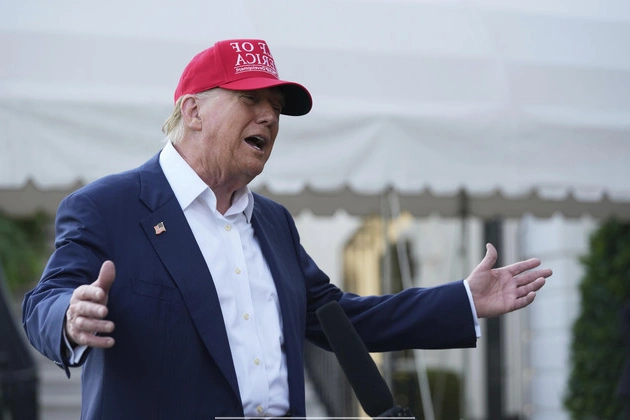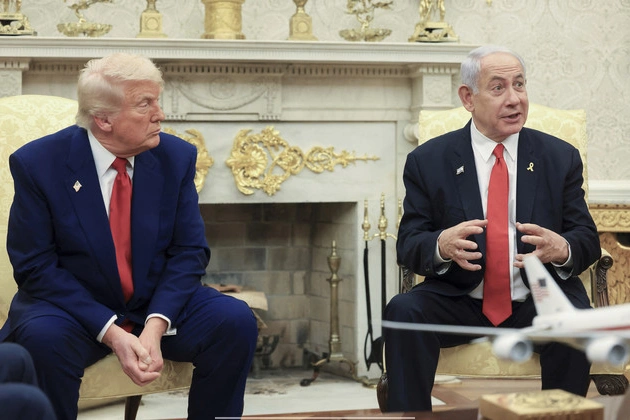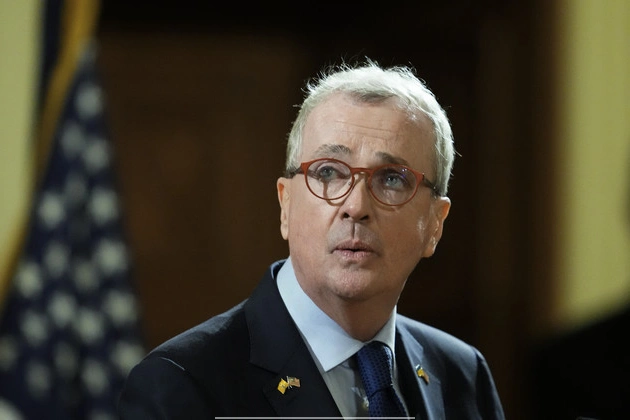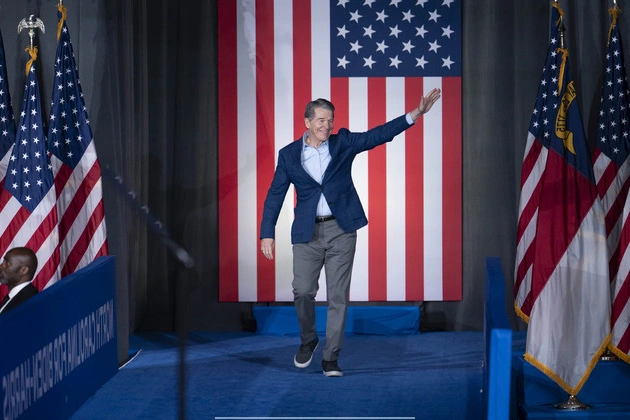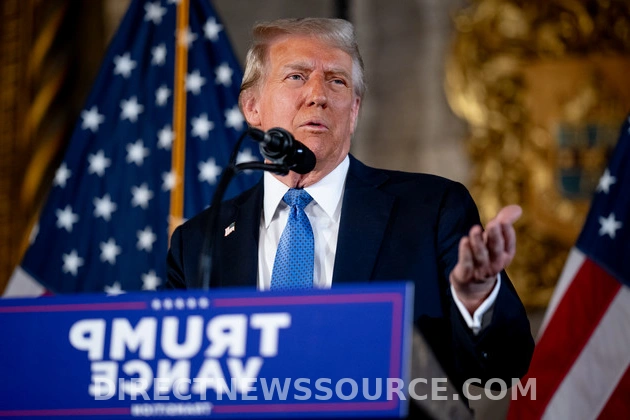
Over the years, Donald Trump has mastered various media platforms to shape his image and political narrative. While his initial reliance on traditional outlets like TV and newspapers catapulted him into the political spotlight, his second term victory was fueled by a shift towards podcasts and online influencers, sidelining mainstream media.
Despite this shift, recent events demonstrate Trump’s continued reliance on established news networks during crucial moments. Last week, amidst escalating concerns of a government shutdown, the president-elect engaged with prominent journalists from NBC, ABC, CBS, and Fox News to convey his message, underscoring the enduring significance of mainstream media in times of pressure.
Although Trump’s administration is poised to adopt a more adversarial stance towards independent press, the necessity of utilizing traditional media for strategic communication remains evident. A source within Trump’s inner circle highlighted the president-elect’s selective use of media channels to assert his agenda, recognizing the enduring influence of traditional press in key messaging moments.
The recent flurry of media engagements represents a departure from Trump’s otherwise secluded transition period, marked by limited interactions with the press. The sudden outreach aimed to clarify Trump’s role in a critical spending decision, underscoring the strategic importance of media engagement during pivotal junctures.
Comparatively, Trump’s current transition phase lacks the transparency seen during his previous transition, with no official press pool sanctioned. This departure from established practices has drawn cautious responses from press associations, signaling a shift in the dynamics between the administration and the media.
Notably, mainstream media outlets appear less inclined to engage in confrontational postures, reflecting a broader fatigue within newsrooms towards perpetual Trump-centered narratives. Industry leaders are increasingly demonstrating willingness to collaborate with the incoming administration, seeking to bridge ideological divides and amend past grievances through public gestures of cooperation.
Amidst these overtures, notable figures like Jeff Bezos and Patrick Soon-Shiong have sought to establish rapport with Trump, signaling a broader trend of reconciliation between media tycoons and the political establishment. Despite facing backlash from readers for perceived biases, these gestures underscore a strategic realignment towards engaging diverse audiences and rebuilding trust among disenchanted readers.
Industry analysts, including NYU journalism professor Jay Rosen, attribute these reconciliatory efforts to a climate of apprehension within newsrooms, driven by concerns of government reprisals and financial constraints. The looming specter of legal battles and targeted retribution against journalists underscores the precarious landscape facing media organizations in the current political climate.
As Trump embarks on his second term, anticipations of heightened scrutiny and legal confrontations loom large, with recent lawsuits against media outlets exemplifying the administration’s combative stance towards unfavorable coverage. The president-elect’s resolve to challenge unfavorable narratives, even through legal means, underscores a persistent tension between his public persona and private interactions with the media.
In a landscape shaped by media intrigue and political brinksmanship, Trump’s evolving media strategy underscores a delicate balancing act between leveraging diverse communication channels and managing adversarial relations with the press.
